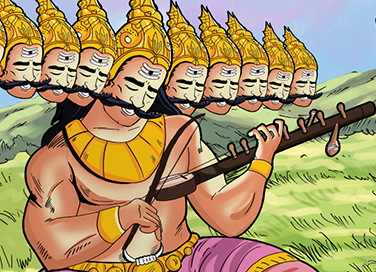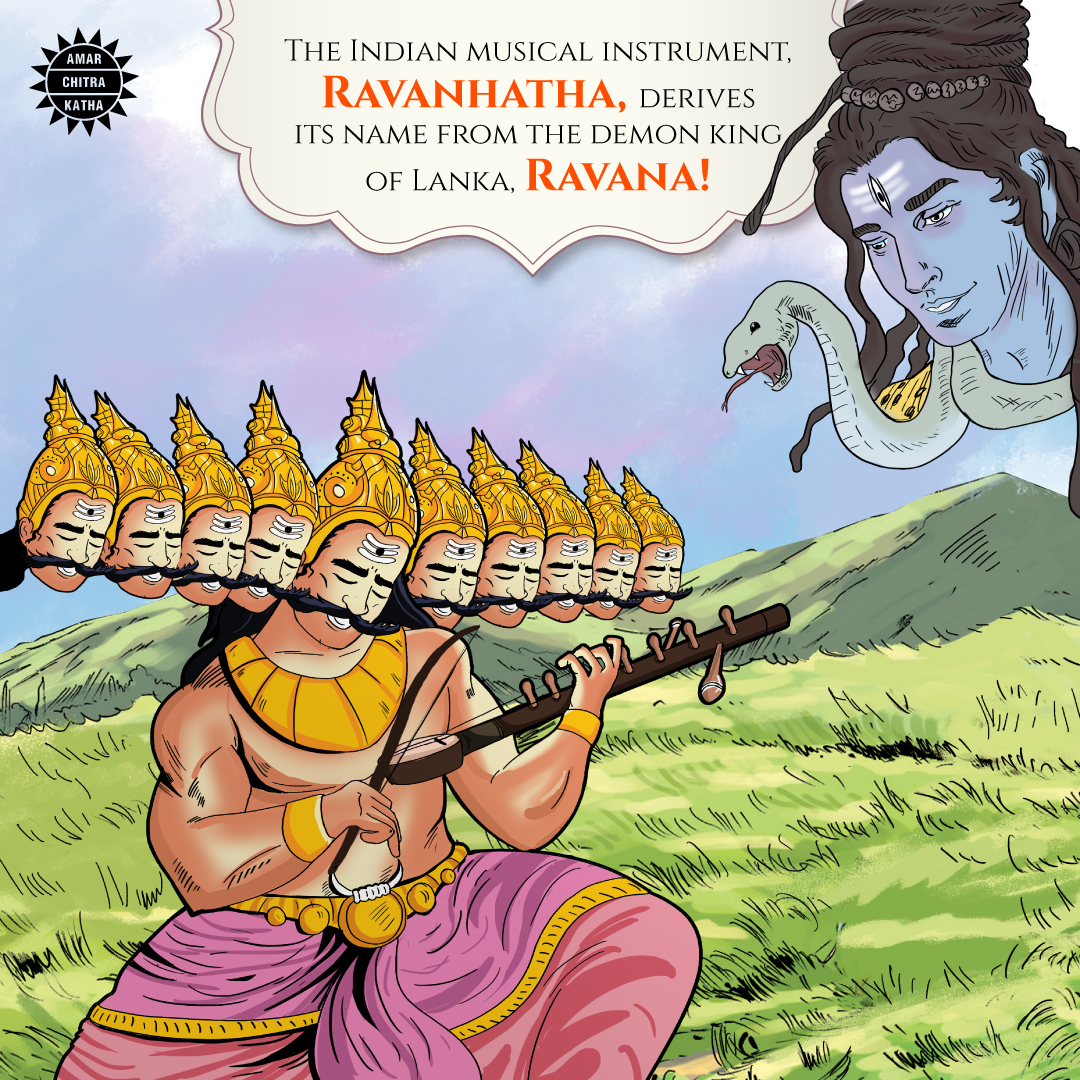What is a Ravanhatha?
- April 24, 2020


What is a Ravanhatha?
- April 24, 2020
Ravanhatha is a musical instrument made from bamboo attached to a coconut shell and covered with a goat membrane. The string is made up of horse hair, and is played using a wooden bow.

Believed to be the ancestor of the modern-day violin, the instrument Ravanhatha (Ravanstorm) is considered to be a modification of the word ‘Ravan Hasta Veena’. According to a folktale, Ravana, a great devotee of Shiva, played the Ravanhatha as an offering to the god. After Rama destroyed Ravana on the battlefield, Hanuman brought the Ravanhatha to India from Sri Lanka. Surprisingly though, there exist no records of the Ravanhatha in Sri Lanka. However, the instrument finds it’s mention in the early texts of India such as the musical treatise, Bharatabhasya, written by a scholar Nanyadeva.
To receive more such stories in your Inbox & WhatsApp, Please share your Email and Mobile number.
Even today, the Ravanhatha is popular among the wandering bards and folk musicians of Rajasthan and Gujarat. The instrument is played mostly by the Bhopas (priest singers) while narrating the folk tale of Pabuji, a hero of the local Rabari tribe, a shepherd community of Rajasthan. This is no ordinary storytelling, it is narrated frame by frame using Phad paintings, a live-action animation screening if you will.
To receive more such stories in your Inbox & WhatsApp, Please share your Email and Mobile number.

Comic of The Month
The Naval Journey of India Book I
This book is the first of a three-book series that takes a deep and detailed look at India's Naval History and a deep insight into the lives of our men and women in white. But any series on the Indian Navy has to start at the very beginning - exploring India's celebrated maritime history. Join our little hero, Bharat, and his grandfather, Commodore Sagar, as they sail into the deep blue waters of time. Book I of The Naval Journey of India takes a sweeping look at India's maritime endeavours, how the seas impacted us over millennia and how the oceans made us who we are.